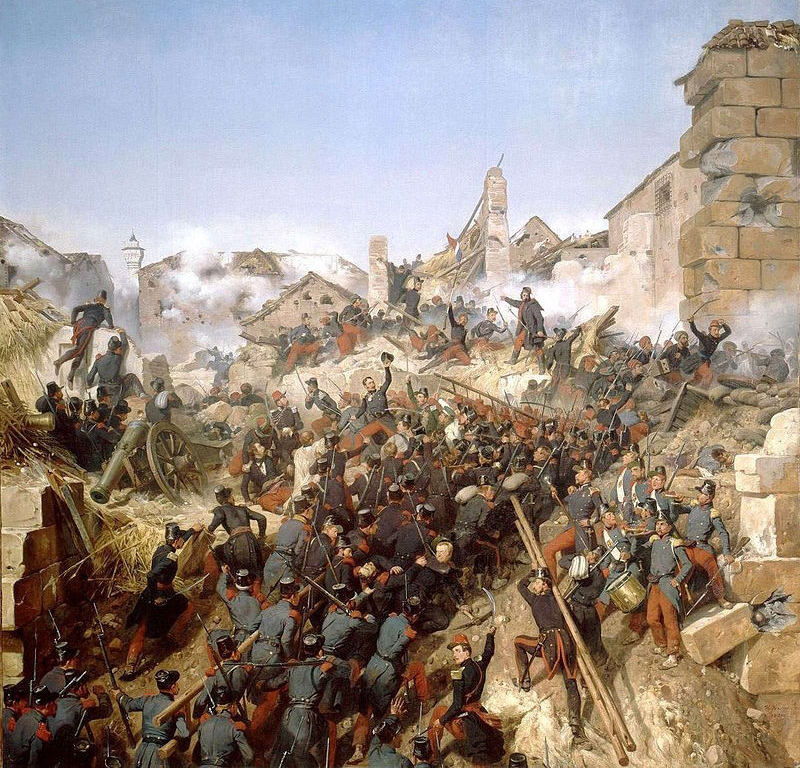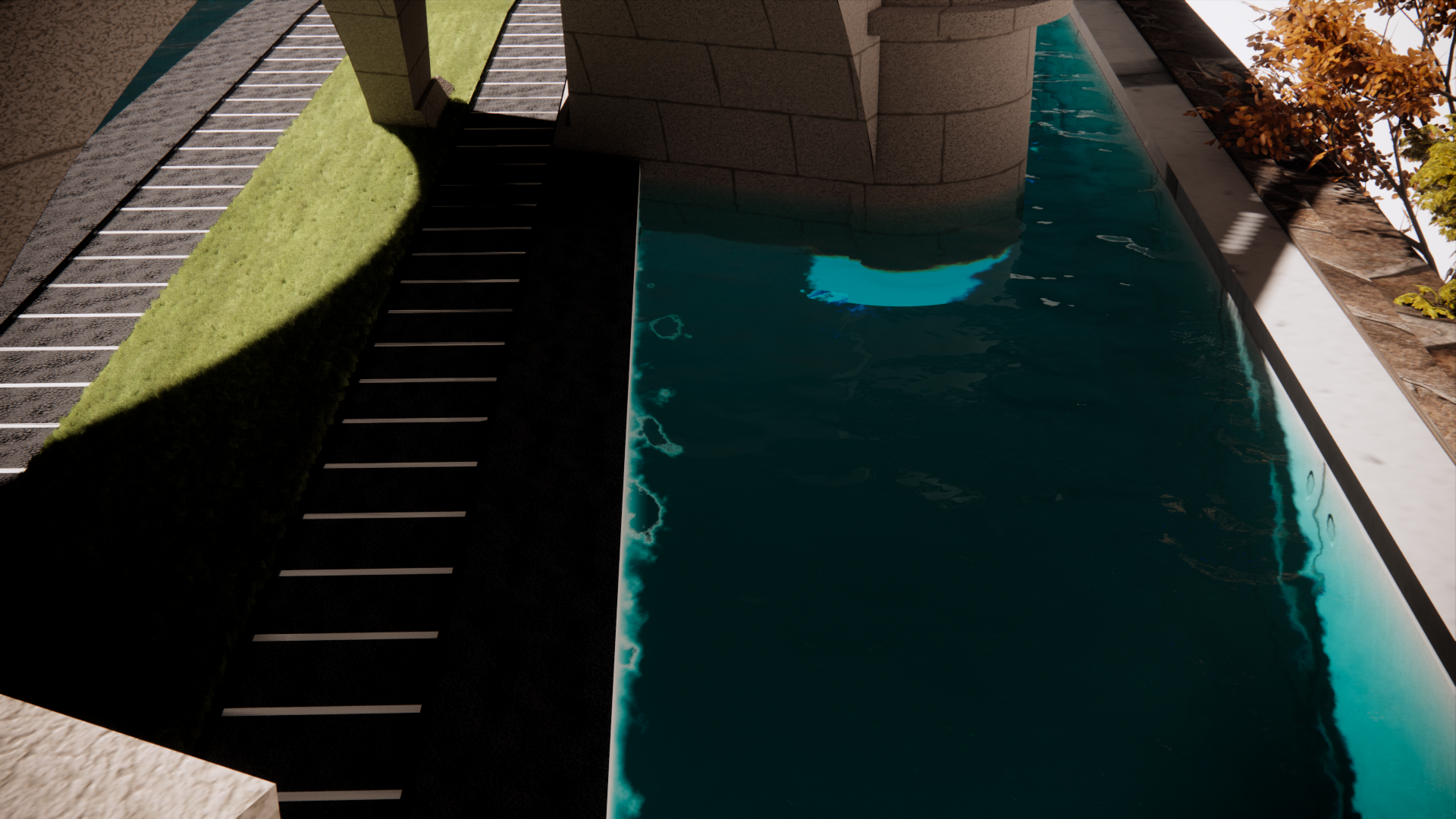Fall 2023 / Taubman College of Architecture and Urban Planning
Options Studio with Anya Sirota
Site: Paris, France
Options Studio with Anya Sirota
Site: Paris, France
The Inhabitable Anti-Monument
The Inhabitable Anti Monument, located along La Petite Ceinture in the 19th arrondissement, serves as a powerful site of resistance and reclamation for the French North African community. By transforming a neglected urban space into a dynamic hub for discourse and activity, it challenges systemic disparities rooted in France's colonial history. The project critiques the marginalization of French North Africans through immersive design and fragmented landscapes, offering a counter-narrative to official histories. Beyond educating, the Anti Monument fosters unity, inspires change, and encourages critical reflection on collective identity and power structures, sparking conversations that extend beyond its physical boundaries.



La Prise de Constantine by Horace Vernet
Capture of Tunis in October 1881
Morocco/France: French colonial depiction in ‘Le Petit
Journal’ of
events in Morocco in 1912 resulting in the establishment of French
colonial rule
events in Morocco in 1912 resulting in the establishment of French
colonial rule

CUT DIRECT ROTATE
The design process involves integrating replicas of emblematic North
African sites and architectural elements, each carefully chosen to evoke
themes of resistance and postcolonial reconciliation. Among these is
The Grand Mosque of Paris, located in the 5th arrondissement and
standing as one of France’s largest mosques. Also included is Pont
Saint-Michel, the bridge that links Place Saint Michel on the Seine’s
left bank to the Île de la Cit, symbolizing historical connections that
transcend geographic divides.
African sites and architectural elements, each carefully chosen to evoke
themes of resistance and postcolonial reconciliation. Among these is
The Grand Mosque of Paris, located in the 5th arrondissement and
standing as one of France’s largest mosques. Also included is Pont
Saint-Michel, the bridge that links Place Saint Michel on the Seine’s
left bank to the Île de la Cit, symbolizing historical connections that
transcend geographic divides.
Additionally, the design references Bab Mahrouk Cemetery
near the historic gate of Fes el Bali in Morocco, a site that evokes the
enduring legacy of one of the ancient city’s main entrances. Then we
have a building's section of The Tours Aillaud (also known as Tours
Nuages), which is a group of residential buildings located in Nanterre,
in the inner suburbs of Paris, France.
Finally, an area of Camp Rivesaltes, a transit and rehabilitation
site for Harkis and their families after the Algerian War, reflects the
complex narratives of displacement and survival tied to the colonial
aftermath. Together, these sites are woven into the design to prompt
reflection on North African resistance and France’s debated journey
toward postcolonial reconciliation.
site for Harkis and their families after the Algerian War, reflects the
complex narratives of displacement and survival tied to the colonial
aftermath. Together, these sites are woven into the design to prompt
reflection on North African resistance and France’s debated journey
toward postcolonial reconciliation.




Mosque de Paris. Paris, France
Seine Bridge. Paris, France
Bab Mahrouk Cemetry. Fes, Morocco
Harkis Camp. Saint-Maurice-l'Ardoise, France





